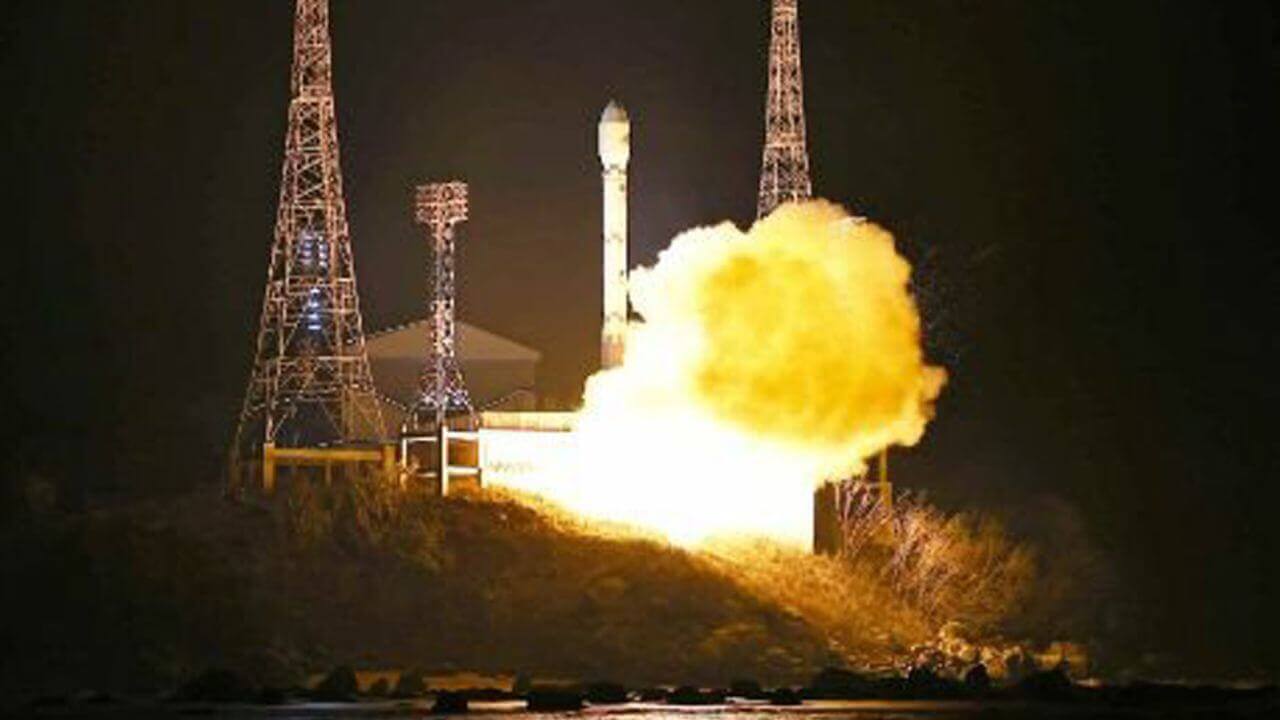On Tuesday, North Korean leader Kim Jong-un received photos taken by the country’s first spy satellite, Malligyong-1.
The pictures include shots of “major target regions,” such as the White House, the Pentagon, the Anderson Air Force Base taken above Guam, the Newport News Dockyard, an airfield in Virginia, and US aircraft carriers docked at the naval base of Norfolk.
According to state media Korean Central News Agency (KCNA), the photos showed four US Navy nuclear carriers and one British aircraft carrier that could be seen at the Norfolk Naval Station and the Newport News Dockyard.
The news report further said that Kim expressed “great satisfaction” at the “successful preparations” for the satellite’s operation before the start of its “official mission.” In this regard, he “highly appreciated” the National Aerospace Technology Administration (NATA).
Last week, Pyongyang successfully launched its first reconnaissance satellite, which it has said aimed to monitor the military installations of the US and South Korea.
NEW: Kim Jong Un reviewed undisclosed photos of the White House and Pentagon taken by North Korea’s new satellite, state media claimed Tuesday, as the country says it’s building a reconnaissance library from orbit. Story soon @nknewsorg pic.twitter.com/fNGKgvGaLN
— NK NEWS (@nknewsorg) November 27, 2023
Washington and Seoul have both condemned the North’s satellite launch, for violating UN Security Council resolutions that ban the use of ballistic technology. Officials from South Korea have not been able to verify the North’s latest satellite capabilities as the photos have not been released publicly.
The successful launch came after several failed attempts to send a spy satellite to orbit. North Korea announced in May that its attempt to launch the military spy satellite Malligyong-1 had failed. Following the launch, Seoul issued rare air raid sirens and mobile phone alerts, asking residents to evacuate. Seoul even issued a “Presidential Alert” asking citizens to prepare for a potential evacuation.
A month later, South Korea said it had managed to salvage a large chunk of the rocket from the ocean, after 15 days of operations, which it would analyse along with the US.

